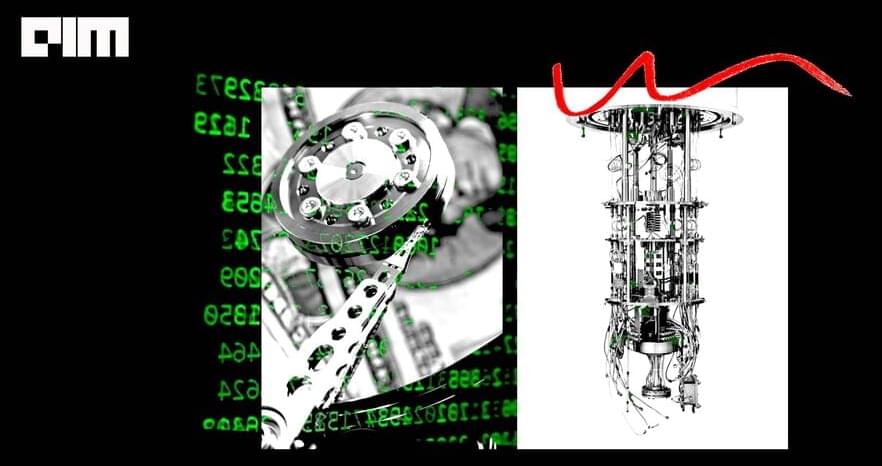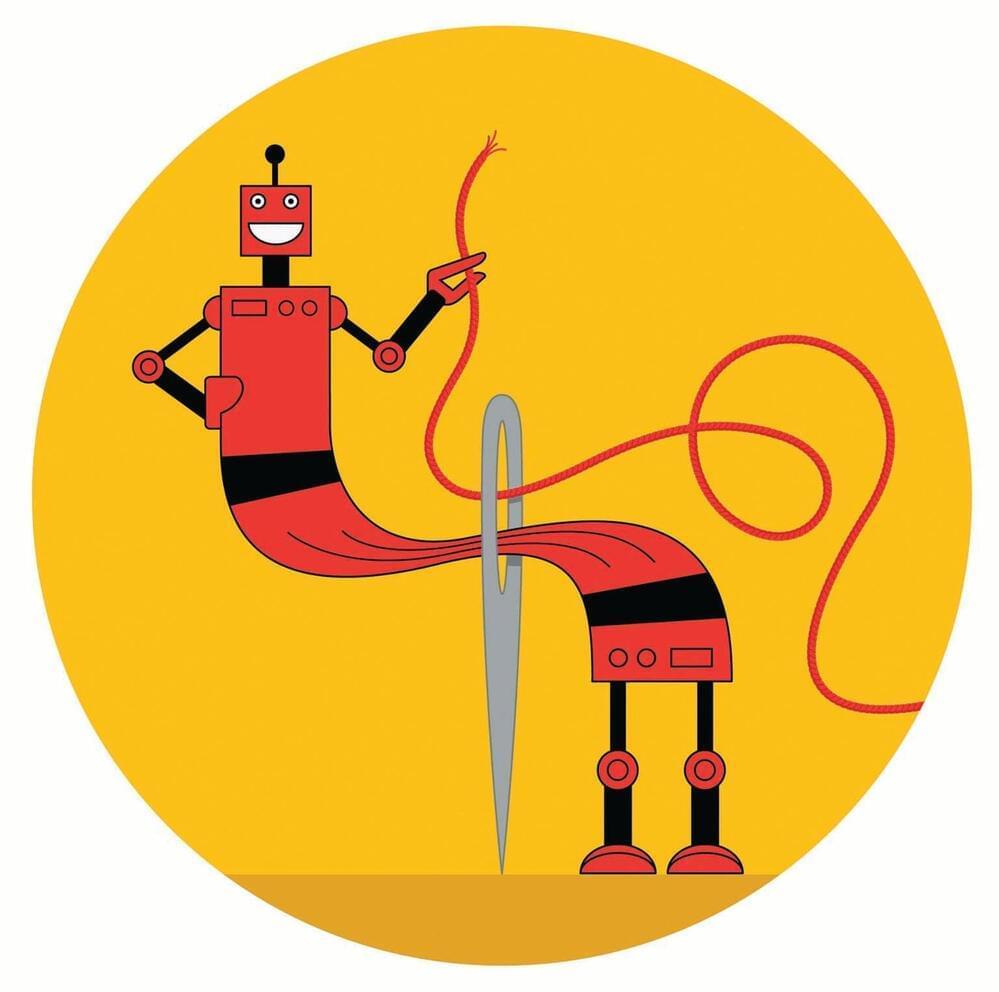‘Is AI Extending the Mind?’ is the second annual workshop by Cross Labs, this year held virtually from April 11 – 15, 2022. About the workshopThe extended mi…
Get the latest international news and world events from around the world.


The Syntellect Hypothesis: The Most Probable Path to Our Future Transcendent Superintelligence
Could we imagine a world where our minds are fused together and interlinked with machine intelligence to such a degree that every facet of consciousness is infinitely augmented? How could we explore the landscapes of inner space, when human brains and synthetic intelligence blend together to generate new structures of consciousness? Is it possible to interpret the ongoing geopolitical events through the lens of the awakening Gaia perspective?
#SyntellectHypothesis #cybernetics #superintelligence #consciousness #emergence #futurism #AGI #GlobalMind #geopolitics
“When we look through the other end of the telescope, however, we can see a different pattern. We can make out what I call the One Mind — not a subdivision of consciousness, but the overarching, inclusive dimension to which all the mental components of all individual minds, past, present, and future belong. I capitalize the One Mind to distinguish it from the single, one mind that each individual appears to possess.” — Larry Dossey
Is humanity evolving into a hybrid cybernetic species, interconnected through the Global Mind? When might the Web become self-aware? What will it feel like to elevate our consciousness to a global level once our neocortices are fully connected to the Web?
THE SYNTELLECT HYPOTHESIS: A NEW EXTENSION TO THE GAIA THEORY
In their study of the biosphere, Lynn Margulis and James Lovelock found that Earth behaves like a living organism with characteristics such as dynamic equilibrium, stability, and self-regulation, or homeostasis. They named this entity Gaia, after the Greek goddess of the Earth, and hypothesized that all life forms interact with the environment to regulate the planet’s properties. Earth’s temperature, oxygen content, and ocean chemistry have remained conducive to life for millions of years due to the regulatory effects of biological processes. As life evolves, it impacts its surroundings, leading to either stabilizing or destabilizing feedback loops. The Gaia hypothesis suggests that stabilizing states enable further biological evolution to reconfigure interactions between life and the planet.


6 Quantum Algorithms That Will Change Computing Forever
Here is a list of some of the most popular quantum algorithms highlighting the significant impact quantum can have on the classical world:
Shor’s Algorithm
Our entire data security systems are based on the assumption that factoring integers with a thousand or more digits is practically impossible. That was until Peter Shor in 1995 proposed that quantum mechanics allows factorisation to be performed in polynomial time, rather than exponential time achieved using classical algorithms.

Obscure Biochemical Paradox May Explain Why We Can’t Find Alien Life
Get a Wonderful Person Tee: https://teespring.com/stores/whatdamath.
More cool designs are on Amazon: https://amzn.to/3wDGy2i.
Alternatively, PayPal donations can be sent here: http://paypal.me/whatdamath.
Hello and welcome! My name is Anton and in this video, we will talk about a potential resolution to Fermi paradox using another — Levinthal’s Paradox.
Links:
https://theconversation.com/ai-makes-huge-progress-predictin…ent-151181
https://en.wikipedia.org/wiki/Levinthal%27s_paradox.
https://en.wikipedia.org/wiki/Protein_structure_prediction.
https://web.archive.org/web/20110523080407/http://www-miller…nthal.html.
Previous Fermi Paradox part: https://youtu.be/iCDM5uLYeJU
#fermiparadox #proteins #alienlife.
Support this channel on Patreon to help me make this a full time job:
https://www.patreon.com/whatdamath.
Bitcoin/Ethereum to spare? Donate them here to help this channel grow!
bc1qnkl3nk0zt7w0xzrgur9pnkcduj7a3xxllcn7d4
or ETH: 0x60f088B10b03115405d313f964BeA93eF0Bd3DbF
Space Engine is available for free here: http://spaceengine.org.
Enjoy and please subscribe.
Twitter: https://twitter.com/WhatDaMath.
Multiverse Warfare & Quantum Mania
Go to https://nordpass.com/isaacnordpass and use code isaacnordpass at the checkout to get additional 1 month for FREE!
If travel to other realities and multiverses is possible, then so is conflict between them, but how would a multiversal war be fought?
Visit our Website: http://www.isaacarthur.net.
Join Nebula: https://go.nebula.tv/isaacarthur.
Support us on Patreon: https://www.patreon.com/IsaacArthur.
Support us on Subscribestar: https://www.subscribestar.com/isaac-arthur.
Facebook Group: https://www.facebook.com/groups/1583992725237264/
Reddit: https://www.reddit.com/r/IsaacArthur/
Twitter: https://twitter.com/Isaac_A_Arthur on Twitter and RT our future content.
SFIA Discord Server: https://discord.gg/53GAShE
Listen or Download the audio of this episode from Soundcloud: Episode’s Audio-only version: https://soundcloud.com/isaac-arthur-148927746/multiverse-warfare-quantum-mania.
Episode’s Narration-only version: https://soundcloud.com/isaac-arthur-148927746/multiverse-war…ation-only.
Credits:
Multiverse Warfare and Quantum Mania.
Science & Futurism with Isaac Arthur.
Episode 382, February 16, 2023
Written, Produced & Narrated by Isaac Arthur.
Editors:
David McFarlane.
Briana Brownell.
Lukas Konecny.
Graphics:
